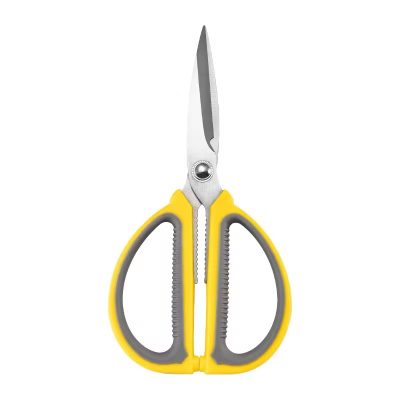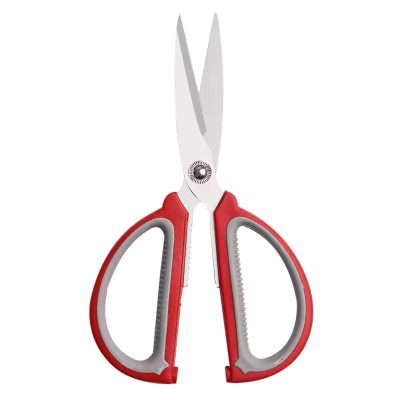Introduction
Proper maintenance of kitchen scissors is crucial to ensure their longevity and optimal performance. With regular care, your kitchen scissors can remain sharp, effective, and safe to use for years. In this blog post, we’ll provide essential maintenance tips to help you keep your kitchen scissors in top condition.
Cleaning Your Scissors
After each use, it’s important to clean your kitchen scissors to remove any food residue, oils, or moisture that could cause rust or corrosion. Here’s how to clean your kitchen scissors properly:
- Hand Washing: Wash your scissors with warm, soapy water using a soft cloth or sponge. Pay attention to the pivot area where food particles can accumulate.
- Dishwasher: Some kitchen scissors are dishwasher-safe. Check the manufacturer’s instructions before placing them in the dishwasher.
- Drying: Dry the scissors thoroughly with a clean towel to prevent rust. Ensure the pivot area is completely dry.
Sharpening the Blades
Keeping the blades sharp is essential for the scissors’ performance. Dull blades require more force to cut, which can lead to hand fatigue and uneven cuts. Here’s how to sharpen your kitchen scissors:
- Using a Sharpening Stone: Open the scissors and place the blade flat against a sharpening stone. Run the blade along the stone at a consistent angle, repeating on the other blade.
- Scissor Sharpener: Use a dedicated scissor sharpener for a quick and easy way to sharpen both blades simultaneously.
- Professional Sharpening: For the best results, consider having your scissors professionally sharpened periodically.
Lubricating the Pivot
The pivot point of the scissors can become stiff over time, affecting their smooth operation. Regularly lubricate the pivot with a drop of food-grade mineral oil or scissor oil:
- Apply Oil: Apply a small drop of oil to the pivot area.
- Open and Close: Open and close the scissors several times to distribute the oil evenly.
- Wipe Excess: Wipe off any excess oil with a clean cloth to prevent it from attracting dust and debris.
Storing Your Scissors
Proper storage of kitchen scissors helps prevent damage and ensures they remain sharp and safe to use. Here are some storage tips:
- Blade Covers: Use blade covers or sheaths to protect the blades when not in use.
- Magnetic Strips: Store scissors on a magnetic strip to keep them accessible and protect the blades from damage.
- Drawers and Blocks: If storing in a drawer, ensure the scissors are not banging against other utensils. Knife blocks or dedicated scissor holders are ideal for safe storage.
Inspecting for Damage
Regularly inspect your kitchen scissors for any signs of damage or wear. Look for the following:
- Loose Pivot: Ensure the pivot is tight and secure. If it’s loose, adjust the screw or take the scissors to a professional for repair.
- Blade Nicks: Check the blades for nicks or chips. Minor nicks can be smoothed out with sharpening, but severe damage may require professional attention.
- Rust or Corrosion: Remove any rust or corrosion promptly with a rust eraser or fine steel wool. Apply a light coat of oil to prevent further rusting.
Conclusion
Maintaining your kitchen scissors involves regular cleaning, sharpening, lubricating, proper storage, and inspection. By following these essential maintenance tips, you can ensure your kitchen scissors remain sharp, effective, and safe to use for years. A well-maintained pair of kitchen scissors will enhance your food preparation experience, making it more efficient and enjoyable.








